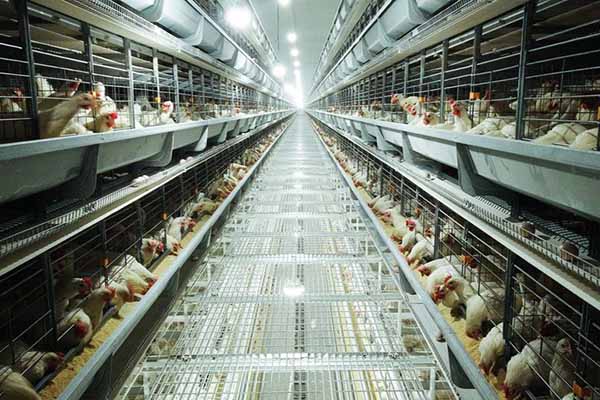Pitch-Ready Poultry Cage Startup Model: A Guide for Success
Starting a poultry cage business can be a rewarding venture, but it’s essential to have a solid, pitch-ready model that can attract investors and ensure the success of your farm. In this article, we’ll explore the key components of a poultry cage startup model that is ready to present to potential investors and industry experts.
Understanding the Market
Before diving into the specifics of your business model, it’s crucial to understand the market. Research the demand for poultry products in your area, the competition, and the potential for growth. This will help you tailor your business plan to meet the needs of your target market.
Business Plan
A well-crafted business plan is the cornerstone of any successful startup. Your business plan should include:
– Executive Summary: A brief overview of your business, its mission, and its potential for success.
– Company Description: Detail the services you’ll offer, the unique selling points of your poultry cage startup, and how you’ll differentiate from competitors.
– Market Analysis: Provide data and analysis on the poultry market, including trends, demographics, and potential for growth.
– Organization and Management: Outline the structure of your business, including key team members and their roles.
Poultry Cage Design
The design of your poultry cages is crucial for the health and productivity of your chickens. Here are some key considerations:
– Space: Ensure each cage provides ample space for the chickens to move around comfortably.
– Ventilation: Proper ventilation is essential to maintain air quality and reduce the risk of respiratory diseases.
– Feeding and Watering Systems: Efficient feeding and watering systems can improve productivity and reduce labor costs.
– Health and Comfort: Design the cages to promote the health and comfort of the chickens, reducing stress and disease.
Cost Analysis
A thorough cost analysis is necessary to determine your startup costs and ongoing expenses. Consider:
– Initial Investment: The cost of purchasing land, building the farm, and acquiring poultry and equipment.
– Operating Costs: Daily expenses such as feed, water, electricity, and labor.
– Return on Investment: Calculate the expected return on investment to demonstrate to investors the potential profitability of your business.
Marketing Strategy
A strong marketing strategy is essential to attract customers and build your brand. Consider:
– Target Audience: Identify your target market and tailor your marketing efforts to reach them effectively.
– Sales Channels: Determine the best channels for selling your poultry products, such as direct sales to restaurants, online markets, or local stores.
– Brand Building: Develop a strong brand identity through consistent messaging and quality products.
Conclusion
A pitch-ready poultry cage startup model requires thorough planning, a well-designed business plan, and a clear understanding of the market. By focusing on these key components, you’ll be well-prepared to present your business to investors and industry experts.
At Livi Machinery, we specialize in providing top-quality poultry equipment and services to help your farm thrive. From innovative cage designs to efficient feeding systems, we’re here to support your poultry business every step of the way.
Contact us today to learn more about how we can help you build a successful poultry cage startup.

